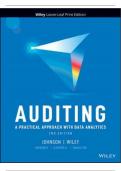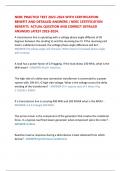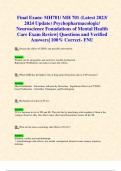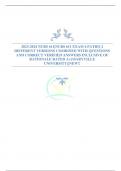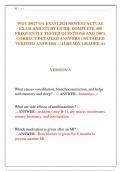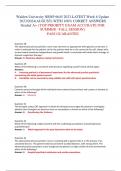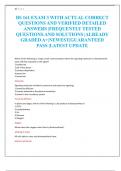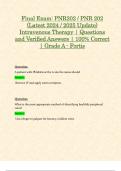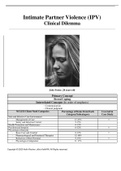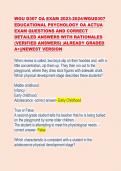Exam (elaborations)
AUDITING A PRACTICAL APPROACH WITH DATA ANALYTICS 2ND EDITION BY RAYMOND N JOHNSON, LAURA DAVIS WILEY, ROBYN MORONEY, FIONA CAMPBELL, JANE HAMILTON (CHAPTER 1_16) SOLUTIONS MANUAL
AUDITING A PRACTICAL APPROACH WITH DATA ANALYTICS 2ND EDITION BY RAYMOND N JOHNSON, LAURA DAVIS WILEY, ROBYN MORONEY, FIONA CAMPBELL, JANE HAMILTON (CHAPTER 1_16) SOLUTIONS MANUAL
[Show more]
